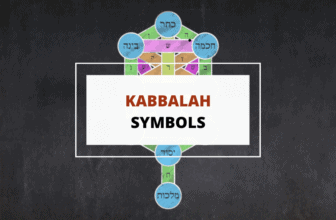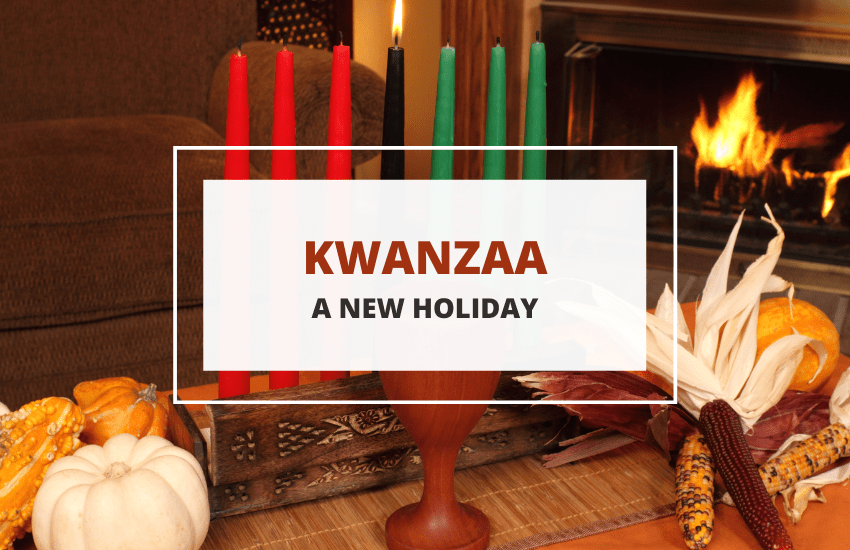
Kwanzaa is one of the newer but also most fascinating holidays in the US and the Caribbean. It was created in 1966 by Maulana Karenga, an American author, activist, and professor of African studies at the University of California. Karenga’s purpose with the creation of Kwanzaa was to establish a holiday for all African Americans as well as other people of African descent outside of the US and Africa to focus on and celebrate pan African culture.
Karenga, himself a black nationalist, established the holiday in the aftermath of the violent Watts Riots of August 1965. His goal with Kwanzaa was to create a holiday that would unify all African Americans and give them a way to commemorate and celebrate African culture. Despite Karenga’s somewhat controversial image over the years, the holiday was successfully established in the US and is even celebrated in other countries with people of African descent.
What is Kwanzaa?
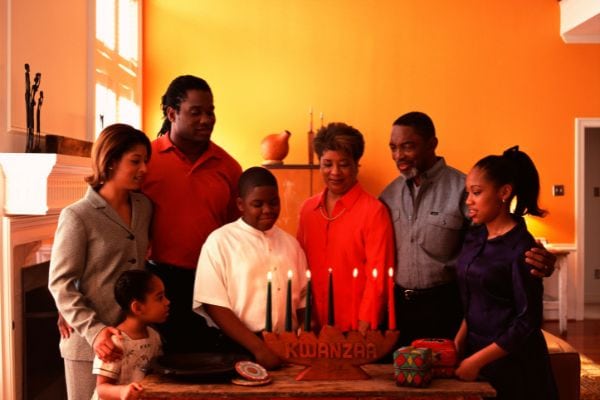
Kwanzaa is a seven-day holiday that coincides with the festive period between Christmas and New Year, more specifically from the 26th of December to the 1st of January. As it’s not a religious holiday, however, Kwanzaa isn’t viewed as an alternative to Christmas, Hanuka, or other religious holidays.
Instead, Kwanzaa can be celebrated by people of any religion, as long as they want to appreciate pan-African culture, whether they are Christian, Muslim, Jews, Hindus, Baha’i, Buddhist, or follow any of the ancient African religions such as Dogon, Yoruba, Ashanti, Maat, and so on.
In fact, many African American people celebrate Kwanzaa and even Karenga himself has said that you don’t need to be of African descent to celebrate Kwanzaa. The holiday is more meant to just honor and celebrate pan-African culture instead of restricting it to an ethnic principle. So, just as everyone can visit a museum of African culture, so can anyone celebrate Kwanzaa. In that way, the holiday is similar to the Mexican celebration of Cinco de Mayo which is also open to everyone who’d like to honor Mexican and Mayan cultures.
What Does Kwanzaa Include and Why Does It Go for Seven Whole Days?
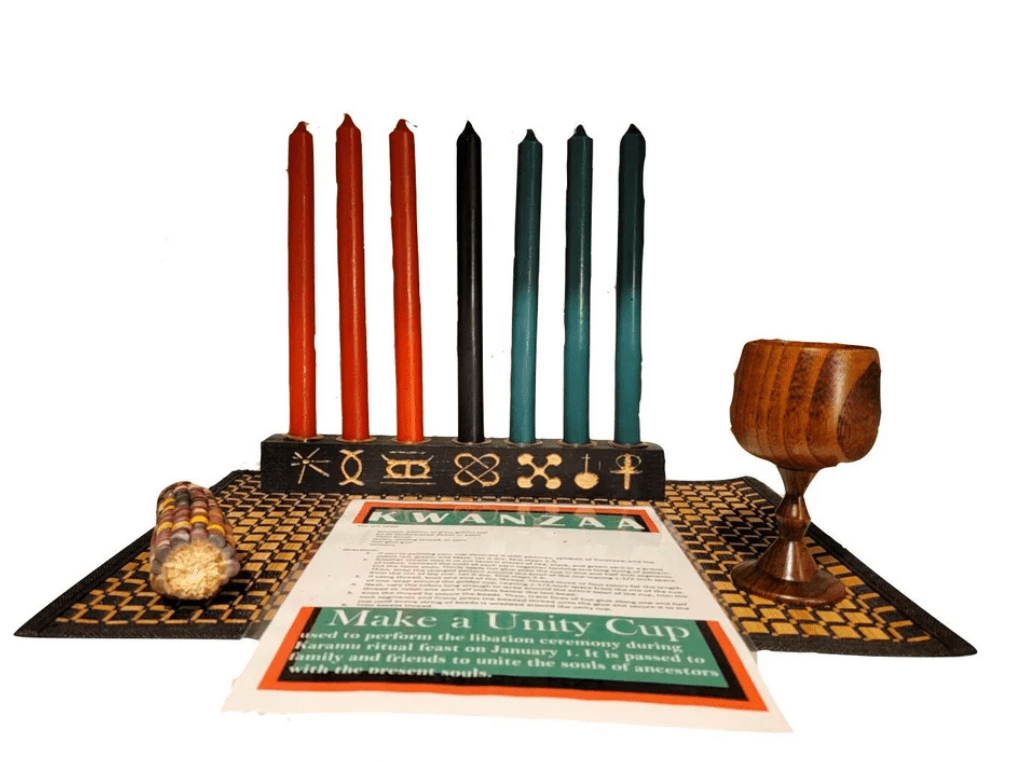
Well, it’s not unusual for cultural or religious holidays to continue for several days, a week, or even a month. In the case of Kwanzaa, the number seven plays a significant role. Not only does it last for seven days but it also outlines seven key principles of African American culture. The festival also focuses on seven different symbols, including a candlestick with seven candles. Even the name of the Kwanzaa holiday has seven letters, which is no coincidence. So, let’s go over each of these points one by one starting backward from the origin of Kwanzaa’s name.
You may have heard that Kwanzaa is a Swahili word – that’s not true but not exactly wrong either.
The term comes from the Swahili phrase matunda ya kwanza or first fruits. This refers to the First Fruits festival in Southern Africa that’s celebrated in December and January together with the southern solstice. This is why Kwanzaa is celebrated during this period.
Karenga, as a professor of African studies, of course, knew of the First Fruits festival. It’s also said that he was inspired by the Zulu harvest festival of Umkhosi Woselwa, which also takes place at the December solstice.
But going back to the name of the festival, the Swahili word kwanza, meaning “first” is spelled with only one “a” on the end. Yet, the holiday of Kwanzaa is spelled with two.
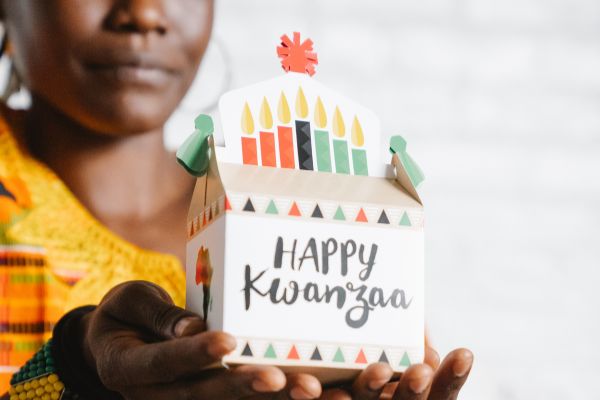
That’s because, when Karenga first established and celebrated the holiday in 1966, he had seven children with him that were to help him focus the holiday on the seven principles and seven symbols.
He added one extra letter to the otherwise 6-letter word kwanza and arrived at the name Kwanzaa. Then, he gave each of the seven children a letter so that they could form the name together.
What is the Significance of the Number 7 at Kwanzaa?
Ok, but why this obsession with the number seven?
What are those seven principles and seven symbols of Kwanzaa? Well, let’s list them. The seven principles of the holiday are as follows:
- Umoja or Unity
- Kujichagulia or Self-determination
- Ujima or Collective work and responsibility
- Ujamaa or Cooperative economics
- Nia or Purpose
- Kuumba or Creativity
- Imani or Faith
Naturally, these principles aren’t unique to the African cultures and peoples, but they are what Karenga felt best sums up the spirit of pan-Africanism. And, indeed, many Americans of African descent as well as others in the Caribbean and across the world tend to agree. Kwanzaa commemorates these seven principles by dedicating a day to each – the 26th of December for unity, the 27th for self-determination, and so on until January 1st – the day dedicated to faith.
What Are the Seven Symbols of Kwanzaa?
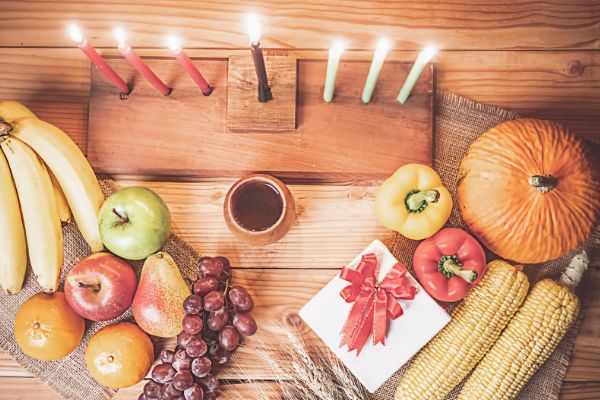
As for the seven symbols of Kwanzaa, those are:
- Mazao or Crops
- Mkeka or a Mat
- Kinara or a Candleholder
- Muhindi or Corn
- Kikombe cha umoja or the Unity cup
- Zawadi or Gifts
- Mishumaa Saba or the Seven candles placed in the kinara candleholder
All seven of these are traditionally arranged on the table on December 31st, the night between the 6th and 7thday. Alternatively, these items can be left on the table throughout all seven days of Kwanzaa.
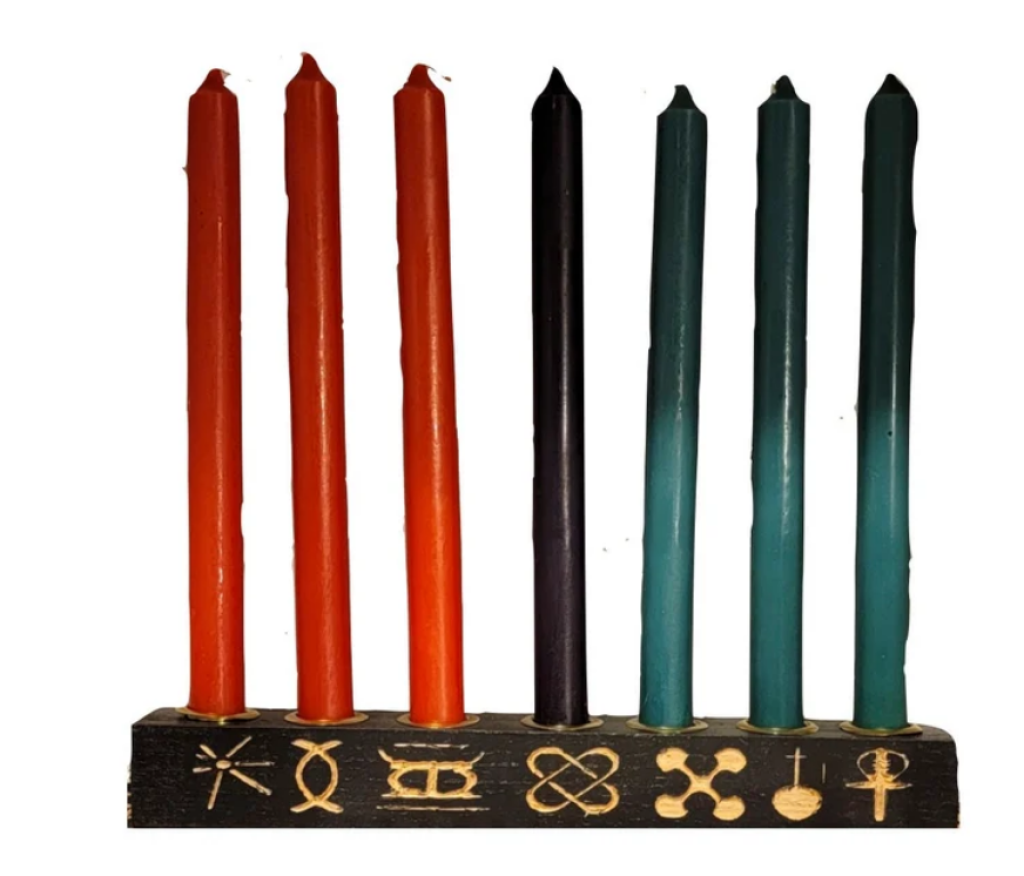
The kinara candleholder and the mishumaa saba candles in it are especially symbolic. The candles are arranged in a specific color-based order and also contain the symbolism of seven.
The first three on the left of the candleholder are red to represent the struggle the pan African people have experienced during the past few centuries and the blood they’ve spilled in the New World. The three candles on the right, however, are green and represent the green land as well as the hope for the future. The seventh candle, the one in the middle of the candleholder, is black and represents the pan African people – caught in the long transitional period between struggle and a bright green and fortuitous future.
Of course, these colors aren’t reserved just for the candleholder. As we know, green, red, and black, together with gold are the traditional colors of most African cultures and peoples. So, during Kwanzaa, you’ll often see people decorating their whole homes with these colors as well as wearing colorful clothing. All this turns Kwanzaa into a very vibrant and joyous celebration.
Gift-Giving at Kwanzaa
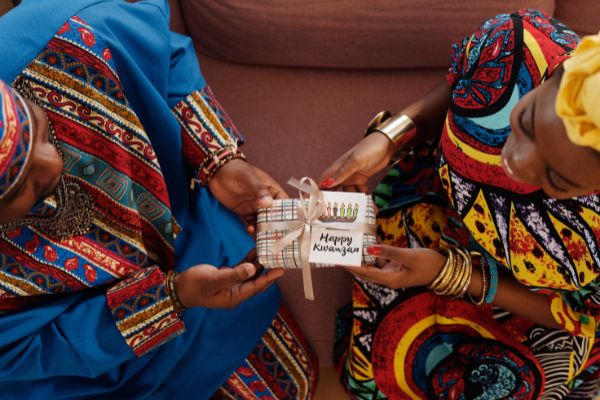
As with other winter holidays, Kwanzaa includes gift-giving. What sets this celebration further apart, however, is the tradition of focusing on personally crafted presents instead of commercially bought ones.
Such homemade gifts can be anything from a pretty African necklace or bracelet to a picture or a wooden figurine. If and when someone isn’t capable of crafting a handmade present, the other encouraged alternatives are educational and artistic gifts such as books, art accessories, music, and so on.
This gives Kwanzaa a much more personal and sincere feel than the various commercialized holidays usually celebrated in the US.
How Many People Celebrate Kwanzaa?
All this sounds wonderful but how many people really celebrate Kwanzaa today? By the latest estimates, there are about 42 million people of African descent in the US as well as millions more across the Caribbean, Central and South America. But not all of them celebrate Kwanzaa actively.
It’s difficult to find exact numbers with the lowest estimates for the US being around half a million and the highest – up to 12 million. Even the highest of these estimates is less than a third of all African Americans in the US today. This is further supported by a 2019 USA Today report which states that only 2.9 percent of all Americans who said they celebrate at least one winter holiday cited Kwanzaa as said holiday.
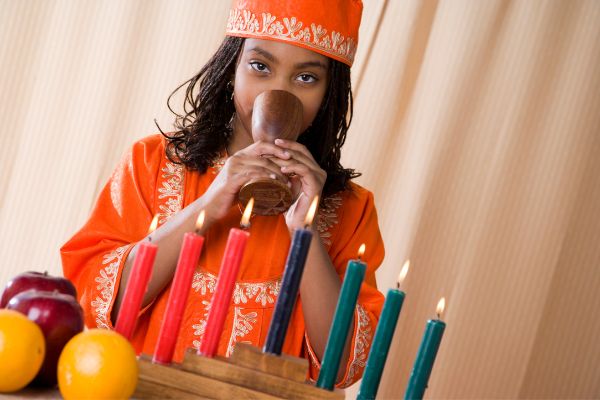
Why don’t more people celebrate Kwanzaa?
This is a tricky question to tackle and there seem to be various reasons. Some say that their children just gravitate more toward the more popular holidays such as Christmas and New Year’s Eve. After all, Kwanzaa is about celebrating a cultural heritage that can feel a bit too abstract for a child’s mind.
What’s more, handmade presents, while great from an adult’s perspective, sometimes can’t grab the attention of a child compared to the gaming consoles and other expensive toys and gifts that fly left and right on Christmas.
The fact that Christmas and New Year’s Eve are holidays celebrated across the US and the Americas as opposed to Kwanzaa, which is celebrated mostly just by black people seems to be another factor. Kwanzaa just doesn’t receive the same representation in the media and cultural sphere as Christmas and New Year’s Eve. That’s the downside of having multiple holidays compounded into a week or so – people find it hard to celebrate everything, especially if there are monetary issues to tackle or a simple work-related lack of time.
The fact that Kwanzaa comes at the tail end of the holiday season is also mentioned as an issue – with the season starting in November with Thanksgiving, by the time of Kwanzaa and New Year’s Eve, many people are usually too tired to bother with a seven-day long holiday. The complexity of the Kwanzaa tradition also deters some people as there are quite a few principles and symbolic objects to remember.
Is Kwanzaa in Danger of Dying Out?
While we should be worried about Kwanzaa, of course, even lesser-known holidays like these are still remembered and celebrated by some percentage of the ethnic, cultural, or religious group that it represents.
No matter how much the celebration of Kwanzaa fluctuates, it does remain a part of African American culture. Even US presidents wish the nation a happy Kwanzaa every year – all from Bill Clinton, through George W. Bush, Barrack Obama, and Donald Trump to Joe Biden.
In Conclusion
Kwanzaa remains a popular holiday, and while it is quite recent and not as well-known as other popular holidays, it continues to be celebrated. The tradition continues and will hopefully keep going for many decades and centuries to come.




